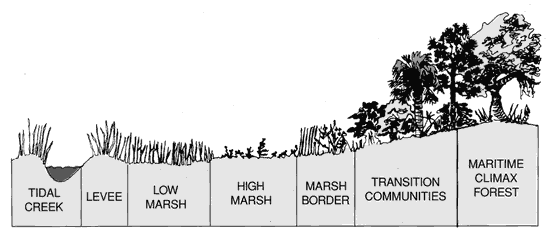
The relation of rivers to settlement in North America
Lesson for the Day
∞ Discussion ∞
What are some historic events in Marshes
of the Ocean Shore that you  were
unaware of before reading the book?
were
unaware of before reading the book?
Write for five minutes:
Describe an error, or the discovery of an error in the chapter you have selected and what that discovery reveals about those things that live along a river, marsh or coastal shore.

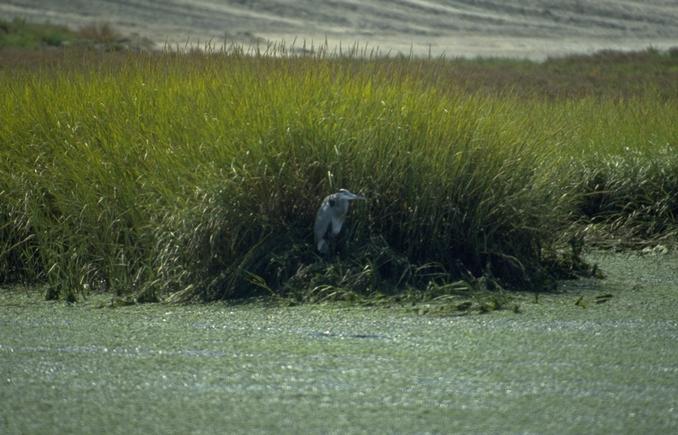
Now compare that discovery to one of the themes in the first chapter (Introduction) to which it is closely or very intimately related and explain what we should remember about this concept.
- Describe the Link to first chapter:
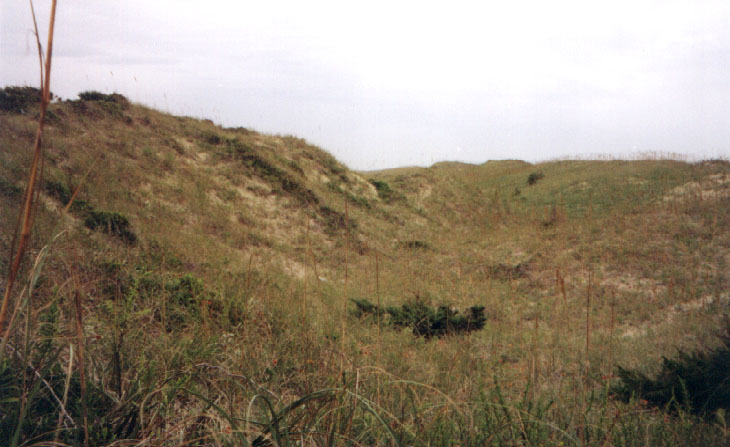
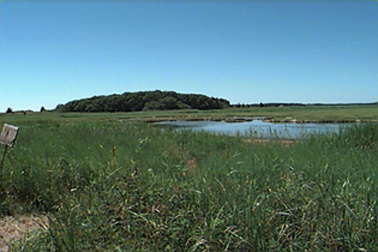
What is the Lesson to Learn here?
1.
2.
3.
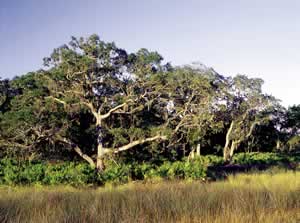
Go back
Themes
| Technology | Population | Preservation | geographical regeneration | Law |
Each age or period defines natural features, economic value and laws differently depending on their technological capacity and knowledge of their surroundings.
There is a legacy in American, English and Roman legal theory, or jurisprudence that articulated a perpetual public interest in certain landscape features based on their character, geography, topography and functional processes.
Geographical information grew slowly in America, but was seen from the time of colonial settlement and later by John Quincy Adams as an overriding responsibility of a central government to provide society with adequate surveys, maps, topographical and bathymetric information and the location of useful resources.
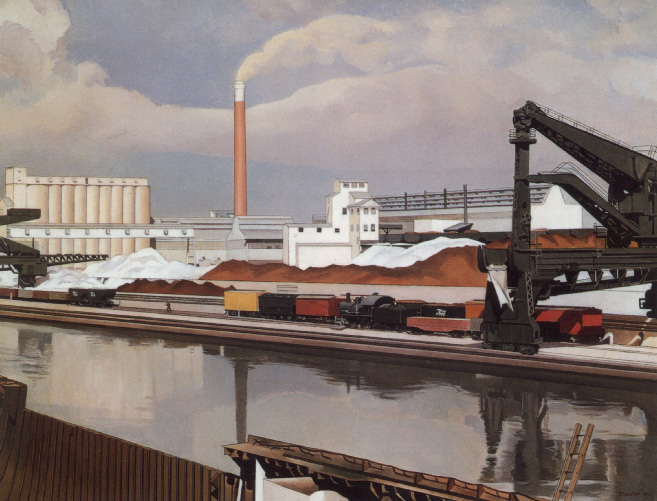
Technology is a two-edged sword allowing for the accumulation of knowledge and expanding the capacity to alter our surroundings to better suit human demands, both material and spiritual.
Science, or the knowledge of physical, chemical, geological and biological information about The universe, has The capacity to alter our sensitivities to The world around us.
Population growth, transportation demands, increasing wealth and the demand for a greater variety of leisure activities all converged after world war two placing unusually sharp and conflicting demands on limited coastal, river and natural resources.
Despite what some historians have suggested concerning, the origins of conservation emerging from a concern for parks, forests and agriculture, there is evidence to show that fisheries, wildlife and river pollution as these affected human health and urban development were equally old sources of the impulse to protect natural areas from damaging intrusions.
Preservation
of cultural and natural resources predated the rise of conservation in North
America. Conservation arose late in The 19th century
and referred to both a keeping from harm and the wise use of natural resources
for the long-term and most beneficial uses by a majority of the population.
Preservation of valued naturally significant or culturally memorable places
can be dated to before The Civil War.
In both the redesign of urban landscapes and the necessity of controlling rivers along an entire watershed, the emergence before the civil war of a practice restoring natural harmonies arose and was later characterized as "geographical regeneration," by G. P. Marsh.
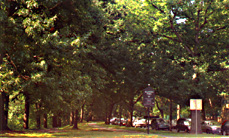

Frederick Law Olmsted's "Emerald Necklace," Boston Regional Park plan
| Introduction | 1 | 2 | 3 | 4 | 5 | 6 | 7 | 8 | 9 | Themes | Thesis | Vocabulary | Seagrass |
Thesis
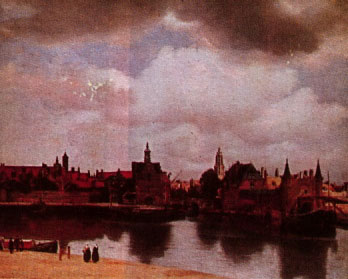
View of Delft, Vermeer, 1658-60.
Viewed
since the Renaissance in Europe and the colonial period in the Americas
as obstacles to be overcome, coastal wetlands were altered, filled and drained
as beneficial and progressive examples of human achievement until the mid
twentieth century. By the 1960s ecologists determined these, once considered
noxious, natural areas were a source of biological wealth of an unsurpassed
magnitude compared to other ecosystems such as forests, grasslands or allegedly
productive corn fields.
Past lessons: Settlement.